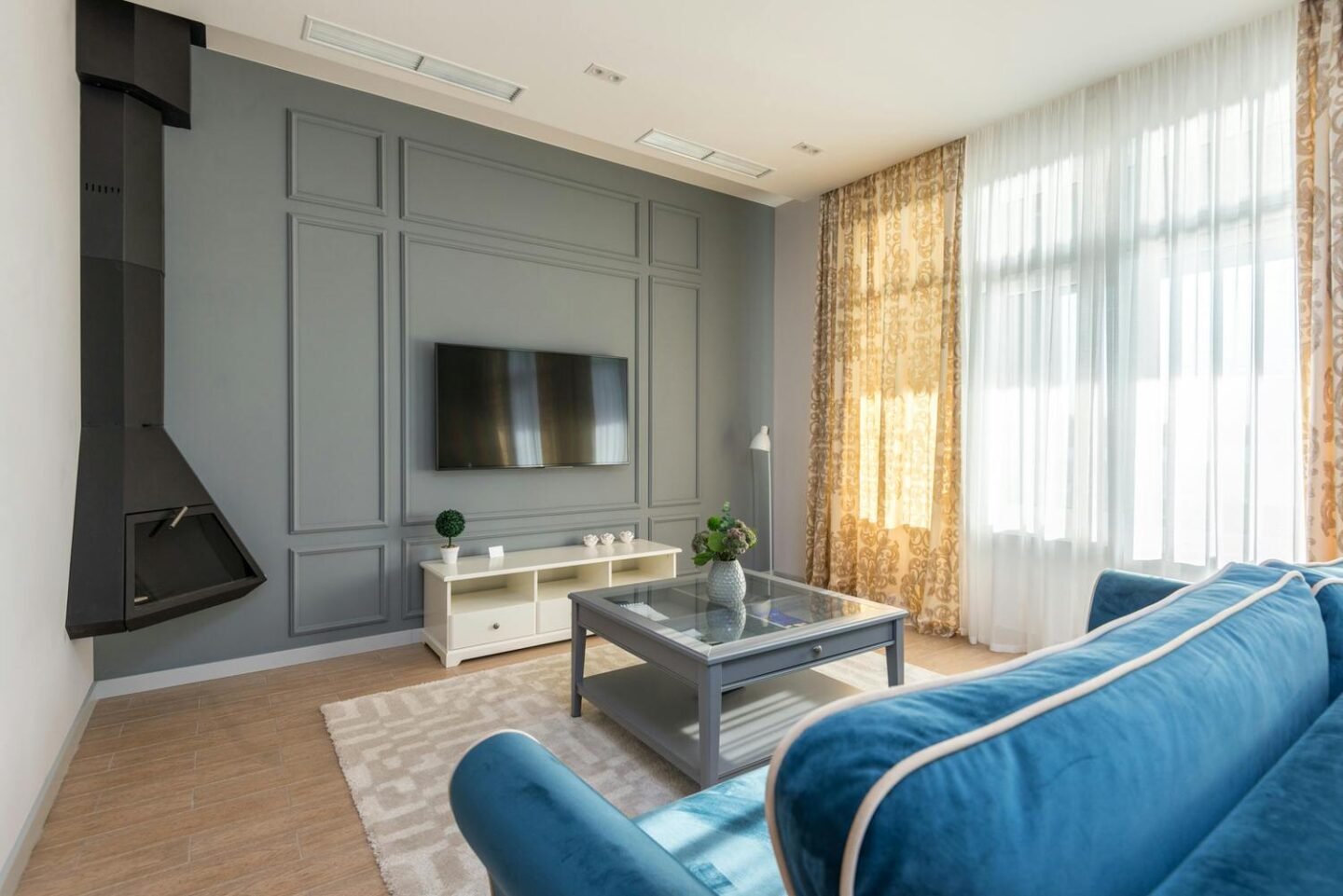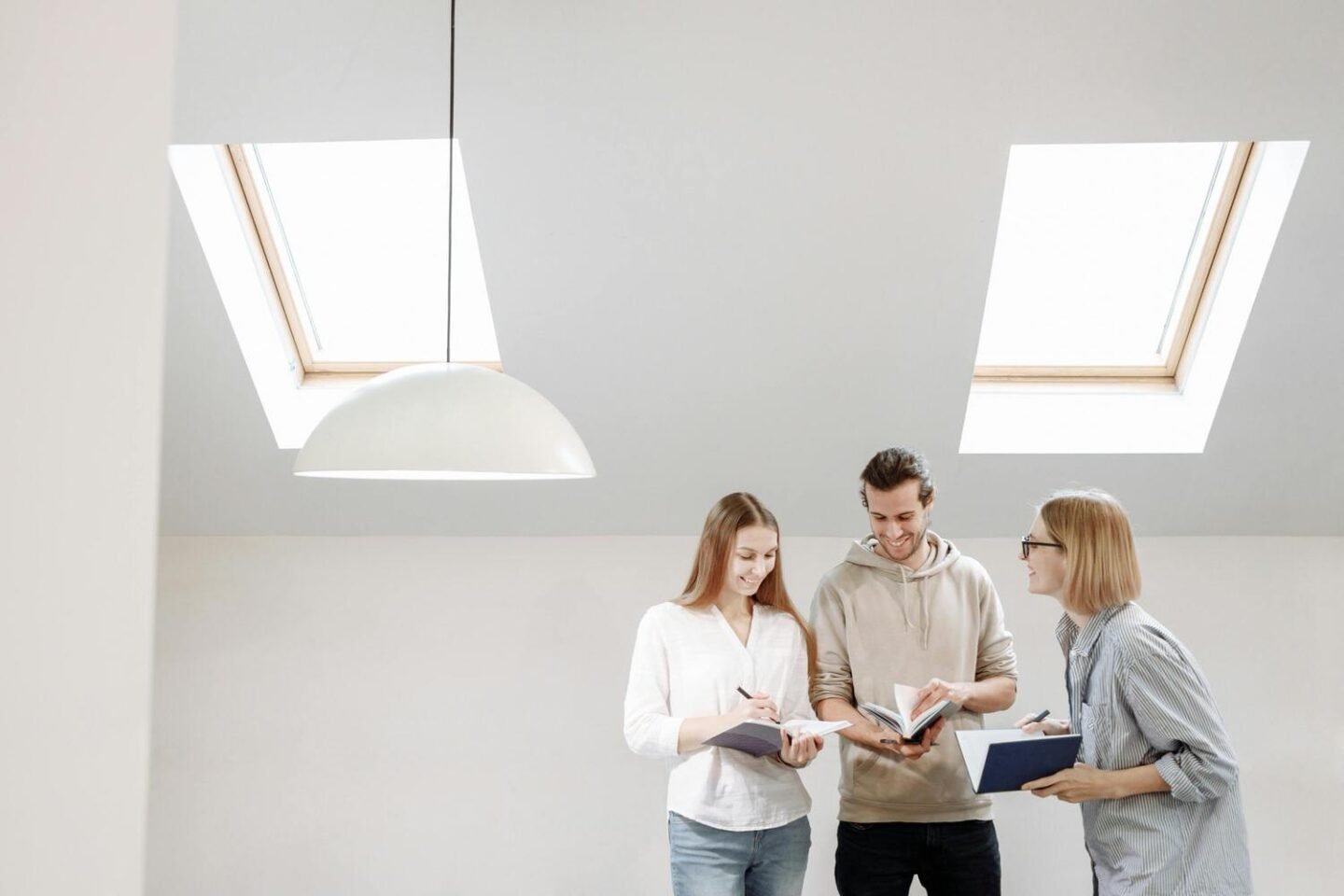Creating a bright, welcoming home is key to building warm family moments and a sense of belonging. Natural light plays a vital role in shaping a space’s look and feel, influencing mood and well-being. With intelligent design choices and simple adjustments, you can make your home feel more open, comfortable, and inviting for your family.
The Importance of Natural Light in Your Home
Natural light is a crucial element in home design, affecting aesthetics and well-being. A well-lit home feels more open and inviting, reducing the need for artificial lighting during the day. Sunlight enhances colours, highlights textures, and brings warmth to a space, making it more visually appealing. Beyond appearance, natural light has measurable benefits for health and daily life. Exposure to sunlight helps regulate sleep patterns by supporting the body’s internal clock. It also encourages the production of serotonin, a chemical that promotes mood and focus.
A lack of sunlight can lead to darker interiors that feel small and enclosed. Poor lighting may also contribute to eye strain and fatigue, affecting comfort and productivity. Many homes struggle with insufficient daylight due to small windows, obstructive landscaping, or heavy curtains. However, simple changes can make a difference. Expanding window areas, using sheer or light-coloured curtains, and choosing reflective surfaces can help distribute light more effectively.
Additionally, placing mirrors opposite windows can amplify brightness by bouncing light deeper into a room. Lighter wall colours and glossy finishes can further enhance natural illumination. These strategies improve function and appearance, making a home more spacious and comfortable.
Transform Your Space with Rooflights
Rooflights are a powerful way to bring more natural light into a home, brightening interiors and improving energy efficiency. Unlike traditional windows, they introduce daylight from above, making even the darkest areas feel more open and inviting. This can help reduce the need for artificial lighting, leading to lower energy consumption and a more sustainable living environment.
Various rooflight options are available to suit different architectural styles and needs. Fixed rooflights allow maximum daylight penetration without ventilation, while vented options provide light and airflow, improving indoor air quality.
The proper placement is key to maximising the benefits. Positioning them in central areas, such as kitchens and living rooms, ensures even light distribution throughout the day. High-performance glazing can also help regulate indoor temperatures by reducing winter heat loss and minimising summer heat gain.
To enhance your home with natural light, explore how rooflights can transform your space. Thoughtfully designed daylight solutions can create a brighter, more comfortable environment while supporting energy efficiency.
Tips for Making the Most of Your Windows
Windows play a crucial role in brightening a home by allowing natural light to enter. Maximising their effectiveness requires thoughtful adjustments that enhance both illumination and comfort. One key approach is selecting appropriate window treatments. Sheer curtains or light-filtering blinds allow sunlight to pass through while maintaining privacy. In contrast, heavy drapes can absorb light and create a darker atmosphere. Opting for adjustable treatments, such as roller shades or shutters, provides flexibility in controlling brightness throughout the day.
Furniture arrangement is another important factor. Large furniture near windows can obstruct light, creating shadows that make a room feel smaller. Instead, positioning seating areas to allow light to spread evenly can improve the overall ambience. Choosing furniture with reflective or lighter finishes can also help distribute light more effectively.
For those considering renovations, window placement is essential. South-facing windows capture the most sunlight, making them ideal for frequently used spaces like living rooms and kitchens. Skylights or clerestory windows can also enhance brightness without compromising wall space.
Innovative Design Elements for Enhancing Natural Light
Beyond windows, several architectural and interior design elements can improve natural lighting in a home. Glass doors and partitions are effective ways to allow light to travel between rooms. This is particularly useful in open-plan layouts or smaller spaces where additional windows may not be feasible. Sliding or frosted glass doors can create separation without blocking illumination, helping to maintain an airy atmosphere.
Another method is incorporating light wells or atriums. These features channel sunlight into interior sections of a home that may not receive direct exposure. A well-placed atrium can introduce daylight to lower levels in multi-story buildings, reducing reliance on artificial lighting.
Reflective surfaces are another valuable tool for enhancing brightness. Mirrors placed opposite windows can amplify natural light, while glossy finishes on furniture, flooring, or decor elements can further distribute illumination. Metallic accents, such as stainless steel fixtures or chrome detailing, contribute to this effect without overwhelming a space.
As you can see, the right lighting can transform your home, enhancing both aesthetics and functionality. If you want to highlight architectural features, add ambience to your living areas, or make the most of natural light, a thoughtful approach to illumination will elevate your home’s design. Now is the time to experiment with these innovative ideas and let your home shine in a whole new light.


